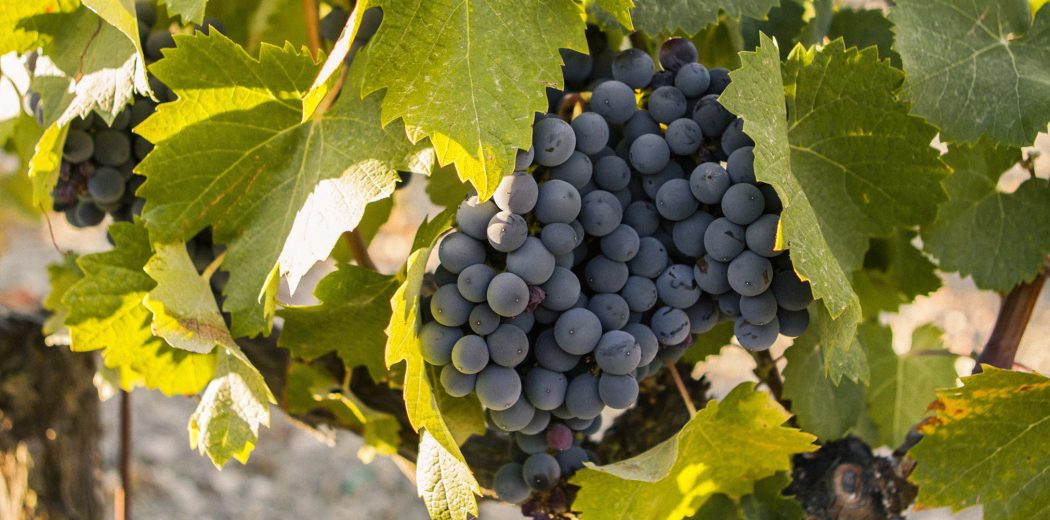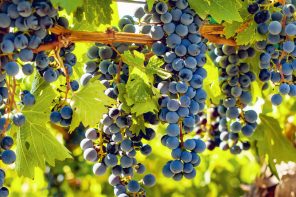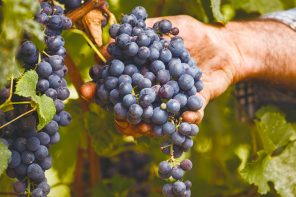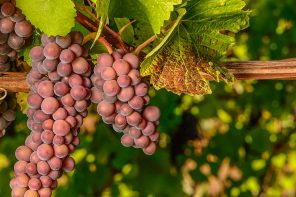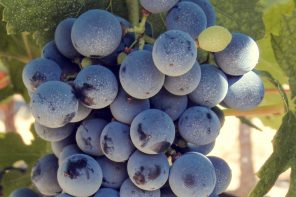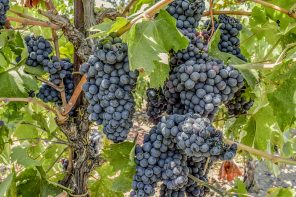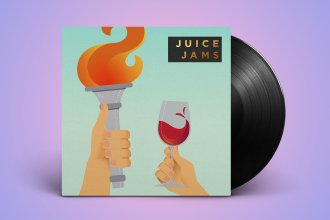Back when the most I knew about wine was the difference between white and red, I was both awed and baffled by the labels applied to it: fresh-cut grass. Garden hose. Banana. Barnyard floor. And here I was, thinking it was just supposed to taste like old grapes.
Now that I know more about wine, I actively hunt for these flavors, if only to tell my friends that I drank a Chardonnay that smelled like a baby diaper. Mourvèdre (or Mataró or Monastrell) can claim a flavor that, if not weird, is at least distinctive.
The red grape, which can be found all the way from Spain to Washington to Australia to South Africa, and countries in between, is known for having earthy notes that can veer into the “farmyard-y” territory when the wine is young. Not convinced you want to add it to your wine bucket list? We promise it’s worth a try, especially if you’re a fan of Cabernet Sauvignon.
Where is it from?
The rustic wine’s origins are not entirely clear, though most speculate that it appeared in Spain around 500 BC, before laying its roots in France’s Roussillon region during the 16th century. In the 18th century, it fell victim to the phylloxera epidemic and was often replaced by varieties that took better to grafting to American rootstock, a method used to revive the regions. It lingered mainly in Bandol on France’s Mediterranean coast, blended into reds and making a name for itself as a beloved dry rosé. It is now a respected resident of the Rhône Valley, where it thrives in the warmth and sunlight.
Luckily, it took to the seas and set up shop in California in the 1860s, and though it was originally used in bulk, its status as a premium wine grew and garnered increased attention. Demand increased, and it continued to travel.
Though Mourvèdre has been in Australia since the mid-19th century, the government’s vine pulling schemes culled much of the earlier plantings, though some (thankfully) continue to produce grapes. Its prominence expanded as drinkers got a taste for Australia’s GSM, a combination of Grenache, Syrah and Mourvèdre, the classic Rhône blend.
Though the vines have spread across multiple continents, its primary concentration is still in Spain, where its one of the most commonly planted varieties and regions like Jumilla, Alicante and Yecla yield inexpensive bottles.
What does it really taste like?
If you’re drinking a good bottle, don’t worry, you won’t feel like you’ve licked a barnyard floor. Instead, expect dark fruit like blackberries, black pepper, chocolate, leather and red meat. Those from France and Spain are more likely to taste gamey, though you can find fruit-forward options if that’s more your style.
Highly tannic and somewhat acidic, it falls closer on the Syrah side of the scale than the Pinot Noir side. We recommend decanting to soften the flavor and reduce the risk of catching a sulfuric whiff.
What should I eat with it?
While we see no problem with savoring a glass (or two) by itself, if you’re pairing your Mourvèdre with a meal, make sure that you’re getting something that’s as rich as the wine is tannic. Think of meats like lamb, rabbit, portobello mushrooms, wild rice, or pork shoulder and spices like lavender, rosemary and thyme.

